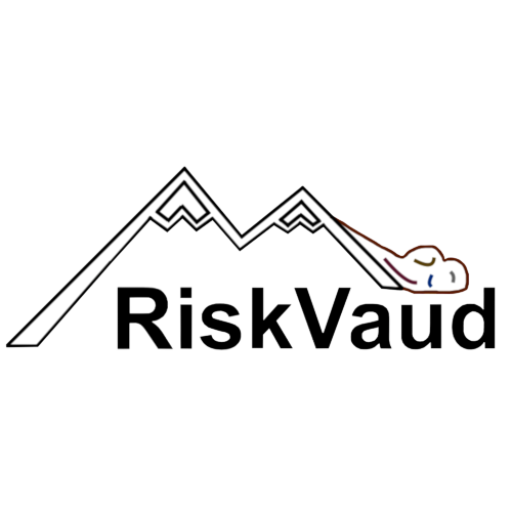Fatalities
By Pol Morral and Clara Ortega
Between 1946 and 2015 there has been detected in Switzerland 635 natural hazard events causing 1023 fatalities, which corresponds to a mean of 14.6 victims per year.
The overall natural hazard mortality rate in Switzerland over the past 70 years has been relatively low in comparison to rates in other countries or rates of other types of fatal accidents in Switzerland. However, a large variability in mortality rates was observed within the country with considerably higher rates in Alpine environments.
The most common natural hazards in Switzerland are categorised into seven process types: flood, landslide, rockfall, lightning, windstorm, avalanche and other processes (for exemple: ice avalanches, earthquakes, etc )
The most common causes of death were snow avalanches (37 %), followed by lightning (16%), floods (12 %), windstorms (10 %), rockfall (8 %), landslides (7 %) and other processes (9 %).

Spatial distribution of fatalities caused during natural hazard events in Switzerland from 1946 to 2015

The monthly distribution of natural hazard fatalities from 1946 to 2015 showed two distinct peaks, one in summer and one in winter. The first peak was due to the seasonal distribution of classic “summer processes” such as lightning, floods and, to a lesser extent, also landslides and rockfall incidents, which occur most frequently in June, July and August. The winter peak was largely caused by avalanches, the most fatal process type in Switzerland, which accounted for 242 of the overall 280 deaths in the months of January (135 avalanche-related deaths out of 145 total deaths) and February (107 avalanche deaths/135 total deaths).

The months of March, April and May in spring and September to December in autumn and early winter exhibited relatively low fatality numbers. The month with the fewest deaths relating to natural hazard processes was November, in which a total of 22 deaths occurred over the last 70 years
These seasonal patterns resulted in a high percentage of fatalities in summer (June, July and August; 41.7 %) and winter (December, January and February; 32.2 %). In contrast, spring (March, April and May; 16.0 %) and autumn (September, October and November; 10.1 %) displayed low percentages.

While 85.4 % of lightning deaths and 67.7 % of flood deaths occurred in summer, 70.6 % of avalanche victims were killed in winter and 24.9 % in spring. In autumn, only fatalities by landslides show an relatively high percentage (39.2 %).


Distribution of fatalities by season
Fatalities caused by natural hazard processes were relatively homogeneously distributedover the entire territory of Switzerland. As can be expected, fatalities resulting from avalanches occurred mainly in the high-Alpine parts of Switzerland. Frockfall accidents predominantly took place in the central Alps and Prealps, e.g. in the cantons of Valais, Grisons, Vaud (VD) and Uri.
References
– Natural hazard fatalities in Switzerland from 1946 to 2015: By Alexandre Badoux , Norina Andres , Frank Techel , and Christoph Hegg
– Swiss Federal Institute for Forest, snow and landscape research; https://www.wsl.ch/en/natural-hazards.html#:~:text=In%20Switzerland%2C%20natural%20hazards%20such,protect%20people%20from%20natural%20events.
